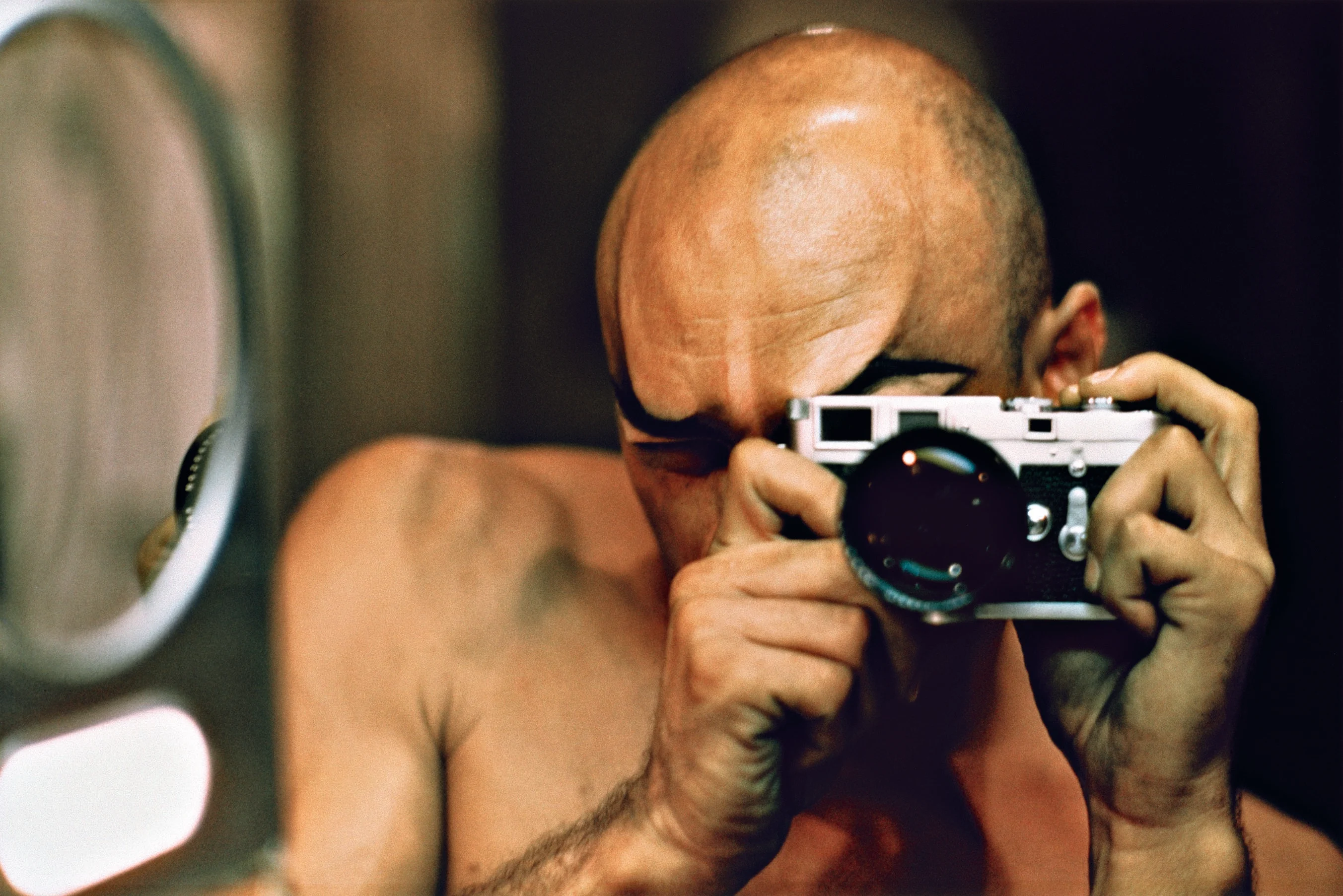

When your parents spent their weekends with Frank Sinatra and your mother was best friends with Audrey Hepburn, you can imagine that the family photo album was anything but ordinary. We’re talking about Victoria Brynner, the daughter of Russian-born Swiss film and stage actor Yul Brynner (1920-1985).
Yul Brynner, besides being a stage performer, used to take his camera everywhere he went, resulting in an enormous archive of photos of his celebrity friends. In 2010, on the 25th anniversary of his death, Victoria published her father’s lifetime’s work in a four-part anthology titled Yul Brynner: A Photographic Journey. In the collection we find huge stars in their most casual moments, like Frank Sinatra playing a game of golf or Elizabeth Taylor hanging out next to the pool.

Best known for his title role in the stage and screen versions of The King and I – which he is said to have performed more than 5,000 times and for which he won both a Tony and an Academy Award – Victoria wanted to reveal to the world another side of her famous dad. “What was so interesting to me was that somebody as famous, charismatic and recognizable as my father would have this whole other passion and be so good at it,” she says.
“He and I bonded over photography. When he first saw the photos I was taking, he really encouraged and supported me,” Victoria says, who now works as a photographer and a producer.
One of the things Yul taught Victoria was composition and framing. “I think it’s a bit of a lost art with digital photography, but with film, you really had to choose the picture you were going to take and then select which one you were going to print.” According to Victoria, he used his “director’s eye” – having discovered photography in 1950 while working as a director at CBS – and often referred to photographer André Kertész’s famous compositions of staircases, chairs and corners as inspiration.
It was while archiving the more than 8,000 photographs taken by her father throughout his life that Victoria learned a lot more about him; she was encouraged by family friend Karl Lagerfeld to “dig into the archives and separate the work by dates, types, places and films.”
She continues, “Especially with film photography, you can follow someone’s path. You can see, for example, how they walked into a room, how they zeroed in on a person. The angles they picked and what they chose to look at. It’s really a visual diary and can tell a lot about somebody’s interests.”
When looking at his body of work, you could say he was most interested in people. He filled the many hours he spent on set among friends and crew with a Leica around his neck, and his most famous photographs depict fellow stars in unguarded moments. Victoria finds these particularly interesting: “When you look at the pictures he took on the sets, people are either interacting with him and feeling completely comfortable or not really paying attention to him at all. You can find out so much about a person by looking at how people react to them,” says Victoria.

His talent of capturing people at ease led him to being recruited as a Special Consultant to the UN High Commissioner for Refugees in 1959. Together with Magnum photographer and friend Inge Morath, he documented the plight of refugee children in camps around Europe and the Middle East. Their work was published in the 1960 book Bring Forth The Children: A Journey to the Forgotten People of Europe and the Middle East.
“I think that when the acting took off and the fame hit him, photography helped him to maintain that desire of creating,” Victoria says. “This is not something he ever shared with me and it’s merely my own interpretation, but I think that photography was his way of being in control of his own creativity.”



